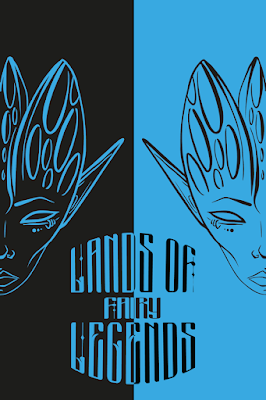 |
| Coming to you from the glamorous Mother-in-Law's Basement Studio (Vacation gaming is awesome!) |
Tuesday night was my first full-length session playing a Candlekeep Mysteries adventure using Lamentations of The Flame Princess for my podcast. I found it quite revealing about the assumptions made between different editions of D&D
(Spoilers ahead for "The Joy of Extradimensional Spaces" )
Now, keep in mind Lamentations of The Flame Princess is not a perfect analog to Basic and Expert Dungeons & Dragons. The classes have been tweaked somewhat. Elves cannot see in the dark, for example. And only fighters get better at hitting things.
At its core, however, it is still B/X with a Cannibal Corpse album sleeve painted on the cover. I feel safe in stating that playing it is close enough to B /X D&D to count for the purposes of this discussion.One of the first things you know is that combat is assumed to be way more often in Dungeons & Dragons 5th Edition . Rather than relying on things like reaction rolls, most monsters in the adventure entitled "The Joy of Extradimensional Spaces" attack automatically. Some to defend their owners property, some as a prank (nonsensically), some out of hunger. Even creatures with no reason to hang around and murder player characters attempt to do so.
And there are a lot of monsters. For a first level dungeon, this adventure included an imp, a quasif, two flying swords, one mimic, two fairy dragons, four crawling hands, one powerful animated library, and one swarm of animated books. I was rightly concerned that this could lead to a TPK with the average soft first level BD&D characters.
 |
| Candlekeep Mysteries cover Art By Clint Cearly; ©2021 Wizards of the Coast |
This is also reflected in the way the adventure rewards the PCs. If PCs are awarded experience for killing monsters primarily and level 1 requires only 300xp, then this monster a-go-go dungeon will have you half-way to level 3. On the other hand, if you are being rewarded for finding treasure, and fighting monsters is designed to have a low reward:risk ratio, and level 1 is meant to be a challenge, not a formality, this dungeon offers a pittance that doesn't even take a Thief close to the 1,700 they need for level 2.
This is well discussed osr OSR and not really news. But there is a flipside to this I had to see played out to understand.
Modules written for modern Dungeons & Dragons don't assume cautious, strategic play at all.






